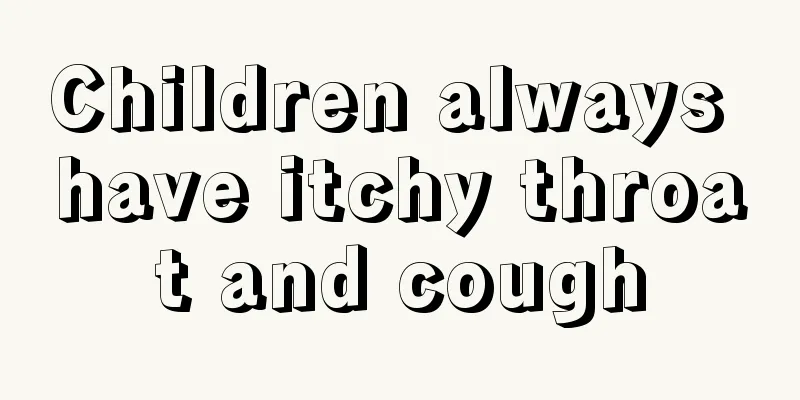What should I do if my infant or young child has a bacterial infection?

|
Since infants and young children have just been born and their body functions are not fully developed, they are easily susceptible to diseases due to external stimuli, including an unhygienic growth environment, which makes bacterial infections more likely to occur. Therefore, parents are very worried. So what should we do when infants and young children have bacterial infections? The following is the relevant content found by the editor. (I) Systemic supportive therapy: provide adequate nutrition, correct water, electrolyte and acid-base imbalances, and, when necessary, perform multiple small-volume blood and plasma transfusions to enhance the body's resistance. (ii) Antibiotic treatment: a larger dose should be used. Since Escherichia coli and Staphylococcus aureus are the most common pathogens of liver abscess, antibiotics that are effective against these two bacteria can be used first before the pathogen is identified, and then effective antibiotics can be selected based on the results of bacterial culture and antibiotic sensitivity tests. (III) Surgical treatment: For larger single abscesses, incision and drainage should be performed. For chronic localized thick-walled abscesses with a long course of disease, lobectomy or partial hepatectomy can also be performed. Multiple small abscesses are not suitable for surgical treatment, but larger abscesses can be treated with incision and drainage. (IV) Treatment with traditional Chinese medicine: It is often used in combination with antibiotics and surgical treatment, mainly for clearing away heat and detoxifying. (V) Antibiotics and sulfonamides can be given to reduce inflammation and control infection. It is best to do a drug sensitivity test and choose antibiotics that are sensitive to the pathogenic bacteria. (VI) In general, patients should get more rest, drink plenty of water, and take appropriate supplements of vitamin C and B vitamins. (VII) Local medication: For oral local analgesia, gargle with 1% procaine before meals, or apply ulcer ointment containing anesthetic. In summary, the above content is the correct method to be adopted when children are infected with bacteria. In fact, since children have relatively poor resistance, parents should pay special attention to taking good care of them. It is best to have a good living environment to avoid external stimulation that affects the child's development and growth. For conservative treatment, do not use drugs for a long time, because drugs can cause dependence and are not conducive to the child's brain development. |
<<: What should I do if my four-month-old baby has a cold and a stuffy nose?
>>: How to correct children’s stuttering?
Recommend
Why does the baby move his hands and feet randomly?
Some babies suffer from serious ADHD problems. AD...
What are the causes of nosebleeds in children?
There are many reasons for children's noseble...
What should I do if my child has a high fever of 40 degrees?
Generally in summer, children often have fever sy...
What to eat when baby has night sweats
Night sweats are very common in children. There a...
Reasons why newborns' hair grows slowly
In fact, for newborns, parents need to learn a lo...
What should I do if my newborn baby has milk coming out of his nose?
Newborns often spit up milk, which is normal but ...
The best time to wean your baby
For mothers, as their children grow up, the vario...
Sixteen-month-old baby height standard and influencing factors
A sixteen-month-old baby is already over one year...
Newborn baby mouth foaming
The only food options for newborns after birth ar...
Can children drink milk powder if they have a cough?
Children are the group most likely to cough. Fami...
The urine smells very strong
The baby's urine has a very strong ammonia sm...
Four-year-old baby with allergic cough
Every parent hopes that their baby is healthy, bu...
How to treat chronic sinusitis in children?
There are many nasal diseases, and sinusitis is a...
How to coax your baby to sleep, four points to note
Coaxing babies to sleep is a problem that trouble...
Causes of excessive hair loss in children
Hair loss is not only a phenomenon that is eviden...









